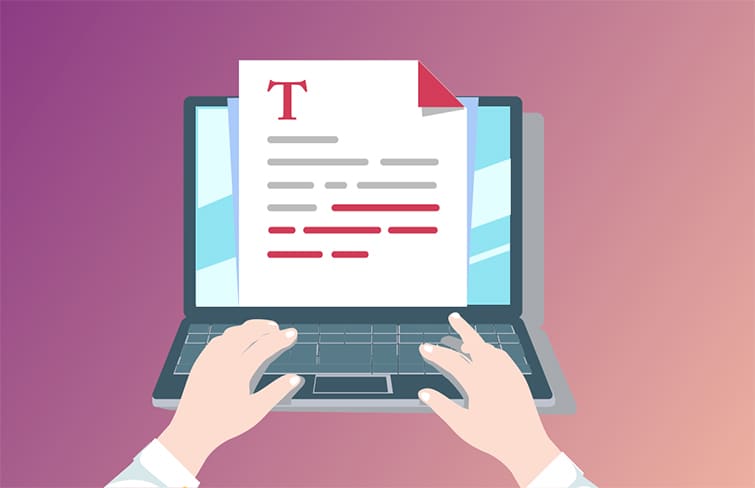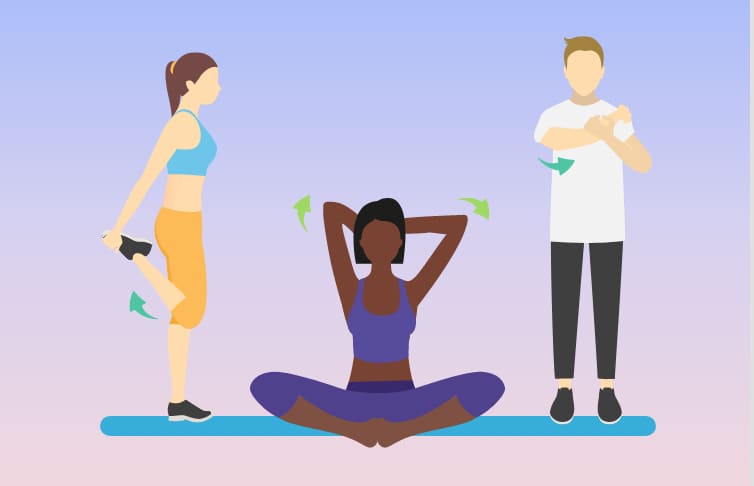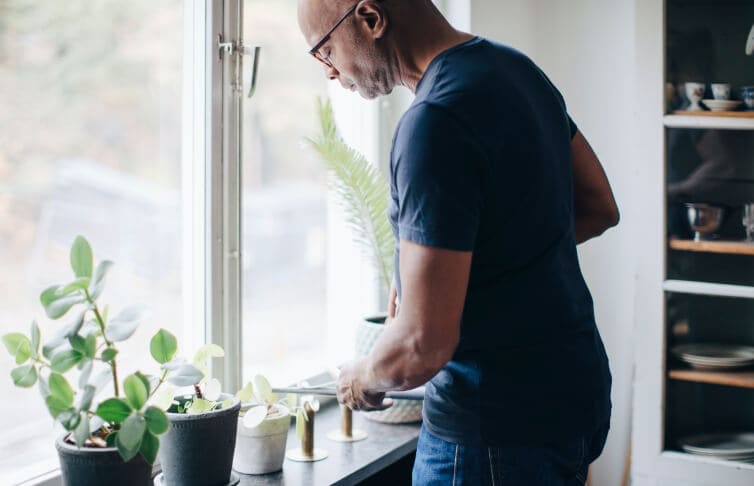This content was produced for the foundry @ Meredith Corp. Health editorial staff was not involved in its creation or production.
horizons
Finding Balance: Easy Relaxation Techniques You Can Use
Relieve your stress with these simple, effective methods for relaxation.
“Just relax.” What is it about that well-intended advice—usually suggested when you’re tearing your hair out—that makes you do just the opposite? You can thank the body’s built-in response to stress, which elevates hormones such as adrenaline and cortisol and puts the body in a heightened state of awareness. This response can be good when stress is short-term (it’s what helps you swerve to avoid an accident), but can take a toll when stress is an ongoing part of your life. The good news is, you can help deflect the stress response by learning techniques that help you relax. Here are some easy techniques to help you get started.
Temper your temper.
We’ve all been there. Something or someone sets you off, tempers flare, arguing begins and nobody listens to the other side. Anger is stressful and usually unproductive. So the next time you’re feeling super-steamed, take a moment to check in with yourself before you respond.
Harness the power of mental imagery.
Try this quick activity when you’re feeling stressed. Focus your attention inward and breathe consciously and deeply. Take a few moments to conjure up a memory of something you appreciate or a setting you enjoy. Walk through the sights, sounds and smells of this image. Imagine yourself in the scene. What are you doing? Who are you with? What are you feeling? After a few minutes, bring yourself back to the present with a calm mind and peaceful approach.
Breathe into your belly.
Have you ever watched babies breathe? They practice full-body breathing, where the abdomen pops out on the inhale and again at the end of the exhale. But most of us don’t breathe that way, and most adults also have a bad habit of holding our breath for seconds at a time, up to 100 times a day. Guilty?
Try this: Take a five-minute breathing break every day to relax and reconnect. Sit in a comfy chair. Close your eyes and place your hand lightly on your stomach. Take a few deep, conscious breaths beginning with the exhale. Focus on breathing in and out of your belly. Feel your hand move in and out with your breath. For the next few minutes, it’s the only thing you have to do: breathe.
Rub out your worries.
If you’ve ever rubbed your head to ease a headache, you’ve practiced acupressure without realizing it. Acupressure is an ancient healing art, and self-acupressure has been shown to help relieve stress symptoms. Applying self-acupressure to the following three areas may promote relaxation.
- Hands: To release stress and strain, rub your palms together in a circular motion. Lace your fingers together and knead the backs of your hands with your fingertips. Use your thumbs to knead your palms.
- Head: Move your hands from your chin to your cheeks, using a circular motion as though you’re washing your face. Guide your fingers to your temples and rub gently. Move to the back of your head and start to massage, working your fingers upward to the top of your head.
- Feet: Find a comfortable chair and rest one foot on your knee. Rub the entire bottom of your foot, from heel to toe, in a circular motion. Repeat on the other foot.
Breathe deeply to go back to sleep.
If you can’t sleep because of your chattering mind, practice this technique. Try slow breathing while you count softly out loud from 1 to 10 and back again. This is deceptively effective, as it’s hard to count and think at the same time. Say “One,” then inhale for three counts. Say “Relax” and breathe out for three counts. Repeat to 10, then back to 1 again.
As previously posted on Better Homes & Gardens.com



